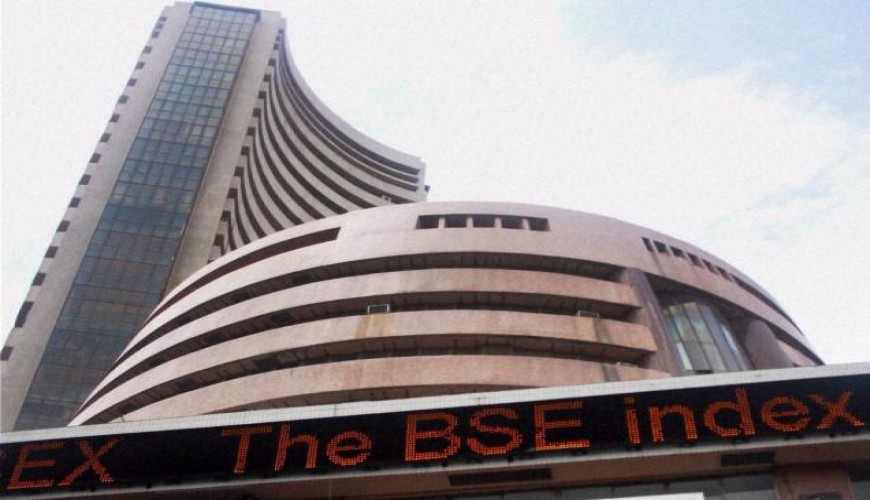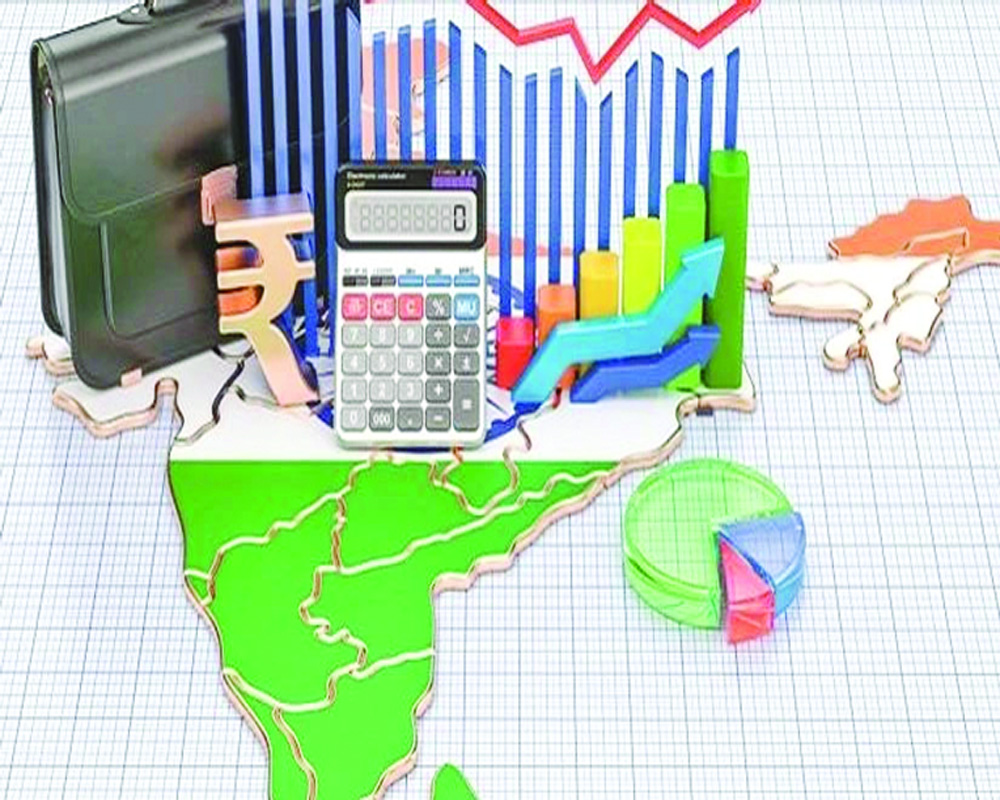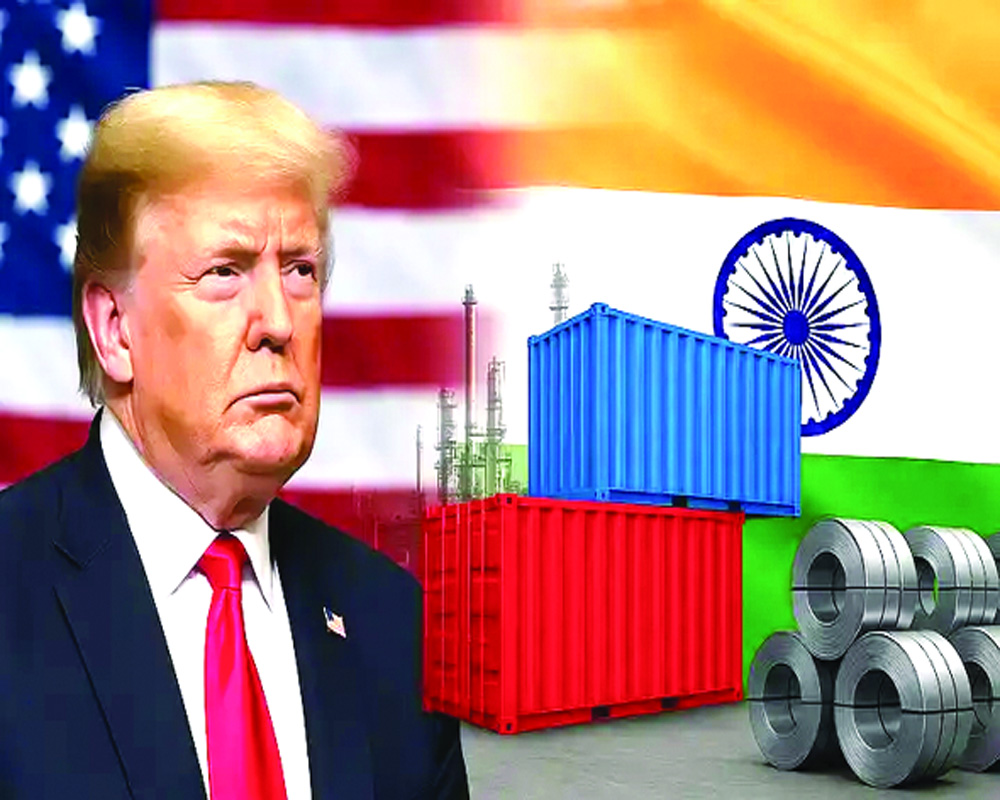Crisis is not restricted to the US dollar but has affected all financial institutions of the world.
Trigger was the downgrade on August 5, 2012, of United States rating from AAA to AA+ by Standard & Poor, (S&P) a private rating agency. The consequence has been that all stock markets in the world recorded massive declines.
The downgrade complemented the turmoil in Europe with the debt problems faced by PIGS (Portugal, Ireland, Greece, Spain). PIGS joined by France and Germany who have their own Euro-dollar problems to cope with.

World Economic History snapshots: impoverishment of the world
India and China accounted for 50% of world GDP for all of the past 2000 years. (Now they account for only 25% of world GDP). The impoverishment was caused by colonial exploitation.
US economy: some history lessons
26.5?cline in GDP (from 1929 to 1933). Unemployment: 24.9% (1933), >20% (1932-35). 85?ll in stock prices; 47?ll in industrial production; 80?ll in home building (1929-33). Double-dip recession of 2011 evokes these memories.
Why is US $ a big deal in global finances?
US $ dominates currency circulation in world economy. $ Forex holdings are held by countries outside USA. US trade deficits and consequent increased supply of US $ to the world meant that over 66% of US $ (1980- 2005) are held outside USA. Two- thirds of US $ (Over $1 trillion) are in circulation outside USA.
Total Forex business: $3.98 trillion (US$ accounts for $
After the formation of OPEC and Petroleum products carry 69 trillion or 42.5%; Euro accounts for 19.5%).
Causes for dominance of US$tel, Kissinger ensured that these petro-dollars were stated in US$ terms and recycled in the world.
Thanks to forex, trade, investment, financial derivatives (puts and calls, credit swaps, participatory notes), petro-dollars, US $ is the dominant currency.
Total Forex reserves: $9.7 trillion (i.e. 16.7% of World GDP 58.26 trillion). Of these reserves, 2/3 are in US $, held and transacted in financial markets.
Keynesian economic model
Keynes was instrumental in introducing the current mainstream economic thought, in the wake of the First and Second World Wars.
He wrote two works:
The Economic Consequences of the Peace (1919)
How to Pay for the War: A radical plan for the Chancellor of the Exchequer (1940)
Keynes wrote in 1919: “If we aim deliberately at the impoverishment of Central Europe, vengeance, I dare predict, will not limp. Nothing can then delay for very long that final war between the forces of Reaction and the despairing convulsions of Revolution, before which the horrors of the late German war will fade into nothing.”
He attacked the post World War I deflation policies with A Tract on Monetary Reform in 1923 – an argument that countries should ensure stability of domestic prices, avoiding deflation even at the cost of allowing their currency to depreciate.
Keynes’s predictions of disaster were borne out when the German economy suffered the hyperinflation of 1923, and again by the collapse of the Weimar Republic and the out- break of World War II. Only a fraction of reparations were ever paid.
How to pay for the war (1940)
At the height of the Great Depression, in 1933, Keynes published The Means to Prosperity, which contained specific policy recommendations for tackling unemployment in a global recession, chiefly counter cyclical public spending and contains one of the first mentions of the multiplier effect.
Keynes’ General Theory of Employment, Interest and Money (1936) argues that demand, not supply, is the key variable governing the overall level of economic activity. Without government intervention to increase expenditure, an economy can remain trapped in a low employment equilibrium. Keynes advocated activist economic policy by government to stimulate demand in times of high unemployment for example by spending on public works.
One consequence was the US announcement of Marshall Plan. Key argument was that war effort should be largely financed by higher taxation and especially by compulsory saving (essentially workers loaning money to the government), rather than deficit spending, in order to avoid inflation. Marshall Plan finally ended up in the formation of European Community with Euro dollar as their common currency.
How to overcome the present economic mess?
(1) Promote public works, reduce unemployment
US and developed economies of the world should pause and learn lessons from history of the last 20 centuries. Impoverishment of colonies by the colonial loot should be recognized. Developed economies owe reparations to the impoverishment developing world which has come out of colonial dominance. One solution: Just as European Community and Eurodollar were formed, an Indian Ocean Community and Mudra as common currency of IOC should be instituted.This will lead to employment generation in ALL economies of the globe.Law of the Sea now expands territorial waters to 200 nautical miles, opening up new zone for economic exploitation. Projects are ready to link Vladivostok and Bangkok through Trans-Asian Highway and Trans-Asian Railway – projects which will provide the multiplier effect made popular in economics by Keynes.
(2) Promote savings
Avoid the temptation to print US dollars. Slow down the US $ money circulation. Institute steps to reduce US and other Developed Countries’ Current Account Deficit by increasing their exports of services for public works’ financing in Developing countries, for e.g. IOC.
US current account deficit (1976 to 2009): $8.5 trillion which becomes forex reserves of nations outside USA.
Promote savings in USA and other Developed Countries.
Promote investment of $ held as cash by corporate.
(3) Ban financial derivatives
Financial instruments such as options, financial derivatives, and participatory notes create a false sense of financial health.They do not provide insurance cover, they only promote the development of excessive greed. To promote greater corporate social responsibility, take lessons from millennia-old Dharma- dhamma institutions which promote social responsibility through sreni dharma (corporate responsibility) (e.g. makamai, a voluntary contribution of a percentage of turnover to social causes).
Are Indian companies missing out on investment and business opportunities?
With an expanding home market many Indian companies tend to focus on domestic growth and looking to expansion in markets where successful Indian establishments has been made earlier, like UAE, and where quite a few Indian NRI HNI’s are strong links to opportunities.
In both US and Europe the markets are slow, to say the least, an FDI from these regions into India have dropped during the last one to one and a half year. The later is because of several factors; the perceived risks related to investing in emerging markets, lower risk investing in known markets and companies, but more interesting and important because there are “better” investment opportunities to be found in Europe and the US. And, from an Indian investors point of view many of these investments can make even more sense.
A company with relatively low valuation, a proven advanced technology being used by world-class customers could in many ways be the perfect acquisition. Or, a brand with a strong position in the local market who has not taken the step into the enormous Indian market due to lack of knowledge, contacts in India or temporarily slim financials.
According to our experience, in Europe, the geographical belt from northern Italy, Switzerland, Germany and Scandinavia are were the most attractive opportunities are. Throwing a glance at Netherlands and the UK might make sense in some cases. In the US there are typically industry specific clusters with different locations depending on industry.
Leveraging a higher margin customer base, moving manufacturing and development to India to further improve margins, bringing the products to the high end market in India and applying the Indian knowledge of down-scaling the product to match the requirements a cost sensitive volume market in Indian and as a next step go global with a superior product with an attractive price-point is a viable and proven strategy. Indian companies are uniquely positioned to implement such a strategy.
What we have seen though is that many Indian owner/promoters and executives tend to go for the cheap acquisitions, technology transfers of joint ventures – losing strategic and long-term advantage, unnecessarily sharing profits and being held back during implementation by foreign partners looking to their local needs and the past. Also, there is an reluctance by many to do, and pay for, the quality upfront research and evaluation work of available strategic options and acquisition opportunities – an initial investment that typically has an amazing return.
As examples – how many researched the Swedish market for green-technology, renewable energy, agriculture equipment, defense technology, medtech, auto-components or IT? – a region with a history of being at the frontier in clean energy, environment, medicine, vehicle manufacturing, telecom equipment…. Who has not heard of ABB, AlfaLaval, Bofors, Gambro, the Nobel price, Volvo, and Ericson. Is it likely to find interesting acquisitions or partners in their supplier base? Where are the clusters of companies, technology and brands related to your industry and business? Why miss out on an opportunity in a life time to leverage 150 years of development in Europe and US and bring it into, to, the future in India?
– R Vaidyanathan (Writer is Founder & Chairman of EXTEND, LLC)








 OpinionExpress.In
OpinionExpress.In















Comments (0)